Satavahana Coins from Peddabonkur
Contents: 1. Introduction. 2. Obverse symbols on Peddabonkur Coins. 3. Reverse symbol on Peddabonkur Coins. 4. Legends on Peddabonkur Coins. 5. Shapes, Sizes and weights of Peddabonkur Coins. 6. Post-Satavahana coins. 7. Ruler wise description of Satavahana coins found at Peddabonkur. 8. Satrap coins. 9. Religions of the period. 10. Satavahana coins found during excavations around the country. 11. Excavations at Peddabonkur and neighboring Dhulikatta, reports of coins. 12. An analysis of coins, antiquities and other cultural materials found at Peddabonkur and Dhulikatta. 13. Epilogue and conclusion. References. Annexures. One of the most illustrious dynasties of ancient India, the Satavahanas ruled over Dakshinapatha and central India and they left behind such great works of art as the famous Sanchi and Amaravathi stupas and rock cut temples in western India. During their long rule Satavahana dynasty provided peace, prosperity through foreign trade and they patronized a kind of art which flourished for many centuries. Hence it was no surprise that Satavahana period and Indus valley period are listed as the two times of peace and prosperity in 5000 year history of our country. The discovery of Kotalingala coins in 1978 conclusively proved that the birth place of Satavahanas was Telangana and Kotalingala was their first capital. There are very many Satavahana sites in Telangana besides Kotalingala such as Kondapur, Nagarjunakonda, Peddabonkur, Dhulikatta, Phanigiri etc. Now where in the country that many thousands of Satavahana coins were found on the surface and also in excavations conducted at Peddabonkur. This monograph is an effort to study the Satavahana coins found at Peddabonkur and what could be learned from the study of coins and antiquities found at this site and nearby Dhulikatta. It may be of interest to know that coins of early rulers of Satavahana including its founder were found at Kotalingala and coins of later Satavahana rulers including their last ruler were found at Peddabonkur.
Get it now and save 10%
BECOME A MEMBER

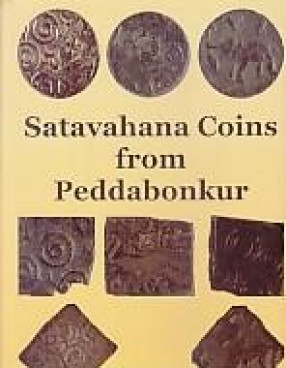
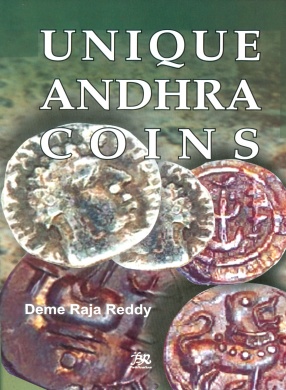
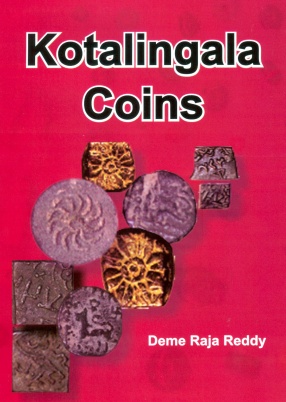
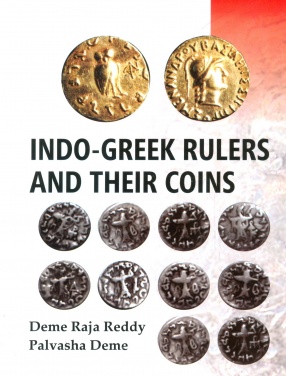
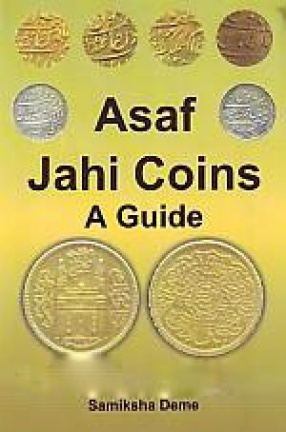
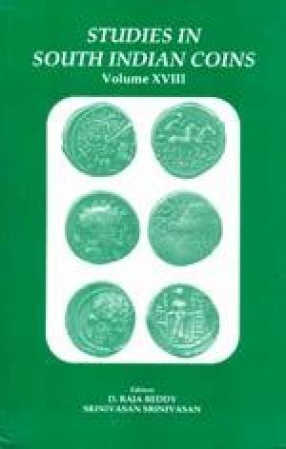
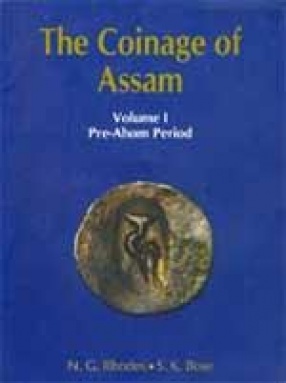
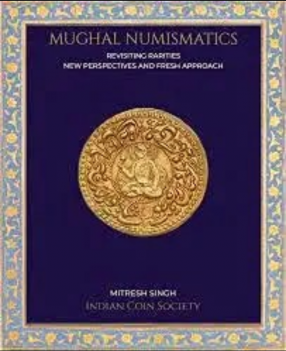
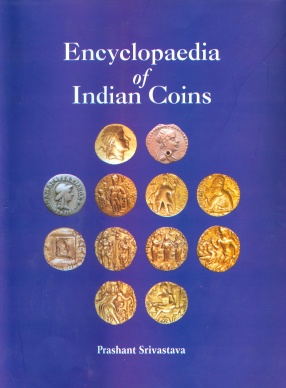

Bibliographic information